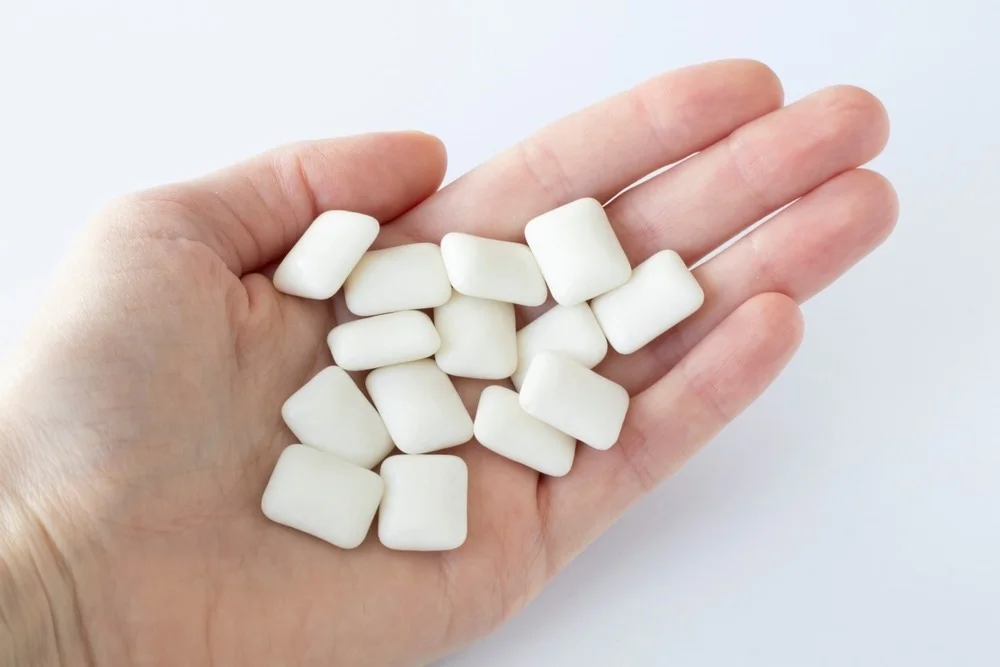
Chewing Gum May Release Thousands of Microplastics into the Body, Study Finds
A new study from the University of California, Los Angeles (UCLA) has raised concerns about the hidden dangers of chewing gum. Researchers found that a single piece of gum could release over 1,000 tiny plastic particles, which may affect brain health and the nervous system.
Can Microplastics Affect the Brain?
Studies suggest that microplastics can pass through biological barriers like the gut lining and even reach the brain. Animal research has shown that these particles may impact memory, learning, and movement. While more studies are needed on humans, scientists believe frequent gum chewers may be at higher risk of exposure.
Chewing Gum and Hidden Plastic
Unlike traditional gum made from tree sap, most modern chewing gum contains synthetic materials like polyethylene and polyvinyl acetate—the same plastics used in bags and adhesives. When people chew gum, the friction and saliva break down the gum base, releasing microplastics that may be swallowed or absorbed by the body.
The UCLA study, still under review, found that one gram of gum can release up to 600 microplastic particles, making chewing gum a potential source of plastic pollution in the body.
How to Reduce Microplastic Exposure
To limit microplastic intake, experts suggest:


As scientists continue to study the long-term effects of microplastic ingestion, making simple changes in daily habits—like switching to natural gum—can help protect overall health and brain function.







